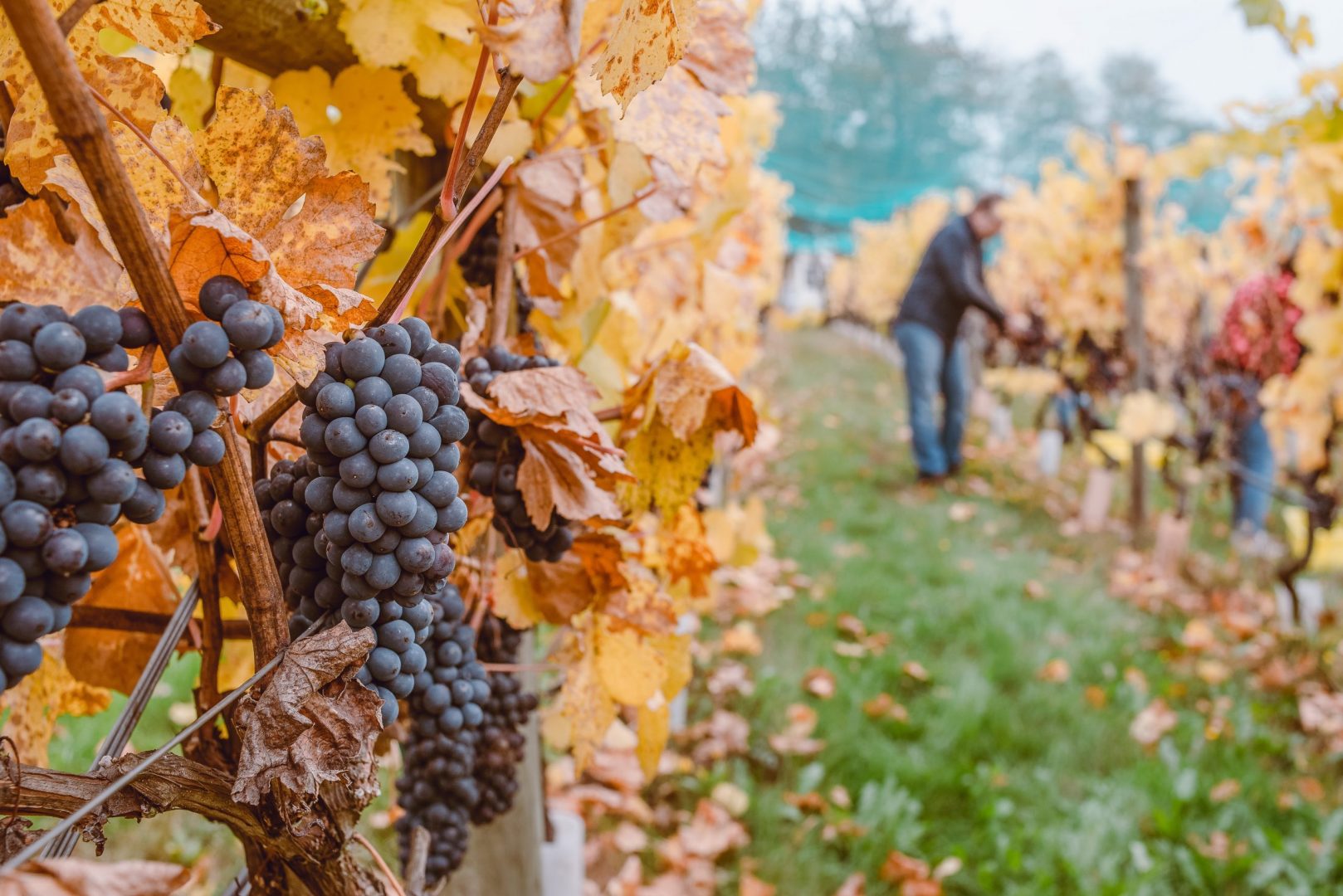Pacific Islands seasonal workers who will be allowed into New Zealand under a new border exemption will finally be paid a living wage.
The New Zealand government has announced it is granting access through the border for 2000 workers under the Recognised Seasonal Employers scheme in the new year.
New conditions in place as part of the exemption include a standard living wage for the Pacific workers, and for employers to foot the quarantine costs.
This will include two weeks of salary for the workers in the horticulture and viticulture industries, sectors that are in dire need of workers for the upcoming harvesting season.
Usually, much of that work is taken up by Pacific Islands workers under the RSE scheme – in a normal year up to 14,500 workers come to the country to work, mainly from the Pacific but also from South-East Asia.
But Covid-19 has had a major impact, and border restrictions meant new RSE workers have not been able to enter the country, until now. Due to the restrictions, another 6000 workers have been stuck here since last season.
However, the government has recognised that there might still be a shortage, despite the extra 2000 workers.
Its announcement has been described as being about New Zealand’s obligations to the Pacific during this global pandemic. Yet the Minister of Immigration Kris Faafoi stated that getting New Zealanders into work was a top priority.
“That has been a bit of a challenge, but that is why we are doing things to try and assist and get that over the line, for not just their growers, but also the people that might be able to pick the fruit for the harvest,” Faafoi said.
But the harvesting jobs entail gruelling physical work and low pay, which has turned many people off this kind of work.
It is not entirely clear then yet if this exemption and the living wage condition is about addressing those criticisms, or is merely a Covid-19 band-aid.
Minister Faafoi reiterated that RSE workers coming to NZ are very experienced, adding that it was important to make sure they get paid for that experience and productivity.
“As I say, we’ve certainly seen proposals from sectors and regions of New Zealand where they are quite willing to meet those kinds of conditions, to meet the challenge that they have with the labour supply at the moment.”
The breakthrough in getting RSE workers new access at the border is ultimately good news, according to the Assistant Chief Executive Officer at Samoa’s Labour Export and Employment Division Lemalu Nele Leilua.
“We’re happy because we will be able to deploy our people back to New Zealand, because some of them are having financial difficulties because they have missed going back to New Zealand and working there.”
Recognising that the 2000 workers will come from a range of countries in the Pacific, she noted it was uncertain at this point how many workers will come from each island.
This could mean that many miss out. Lemalu is waiting for employers in New Zealand to contact the Employment Division so that they can get started on making approvals.
This is something the Pacific Cooperation Foundation in New Zealand is also concerned about.
The PCF’s Afamasaga Jackie Curry is pleased the government’s announcement, but they wishes it would go further.
“We hope the Government will go a step further and increase this quota and make it sooner. This will not only be hugely beneficial for economic and humanitarian reasons in the Pacific, but at the same time prevents millions of dollars of produce in New Zealand going to waste.”
Leilua also questioned why it had taken so long for the living wage to be implemented.
“Why are they doing it now rather than five years ago or ten years ago?”
She acknowledged that some senior workers were paid a wage reflective of this experience, but there have been many complaints in the past that returning RSE workers are sometimes paid the same rate as new workers, despite having more experience.
Robert Popata is a Regional Secretary for the Amalgamated Workers Union in New Zealand which represents many RSE workers while they’re in the country.
Welcoming the announcement, Popata said he saw the living wage condition as a good step forward, but explained that it highlighted how these workers have been treated in the past.
“When the borders are closed, it shows there’s an answer to fix the problem and the answer has always been – you need to pay decent wages to encourage people to work in that industry.
The employer’s answer has always been, open the border’s, we need people who will work cheaper than New Zealanders. So we are really pleased the government has stood staunch on this.”
And Popata has other concerns, including that employers will cover the costs of managed isolation for the RSE workers. That is around $4,722 per person.
“The employer always finds a way for the employee to end up paying for things.
“So we will be monitoring it with our membership, and we’ll certainly be talking to government if we see any employers that are taking advantage and finding another way for the workers to be paying for their own quarantine.”
Another condition for the border exemption is that countries sending RSE workers must have agreed repatriation plans.
This will mean the 6000 people stuck here during the pandemic will have the chance to return home safely.
Source: RNZ News – www.rnz.co.nz





























































